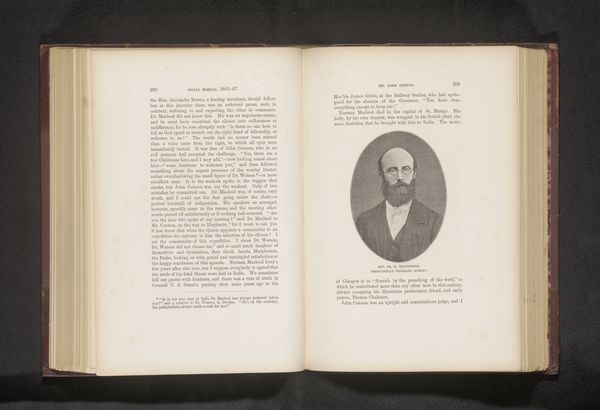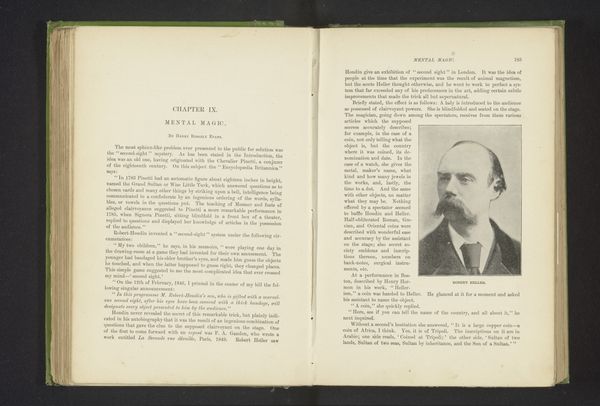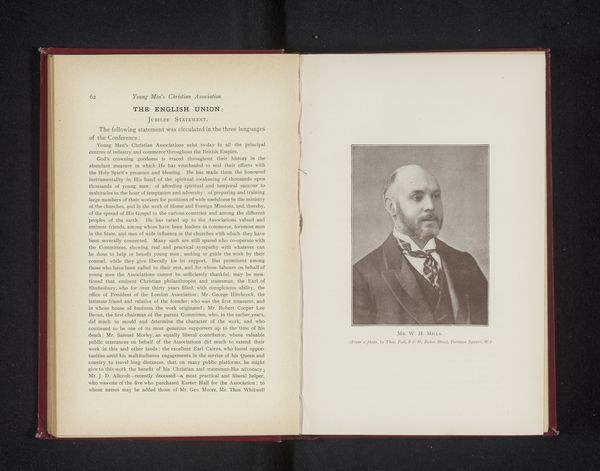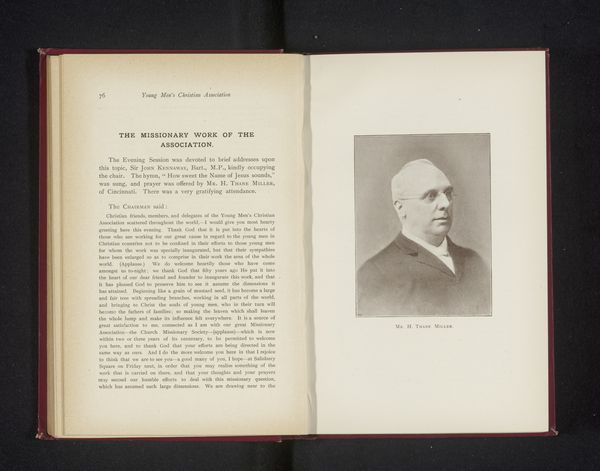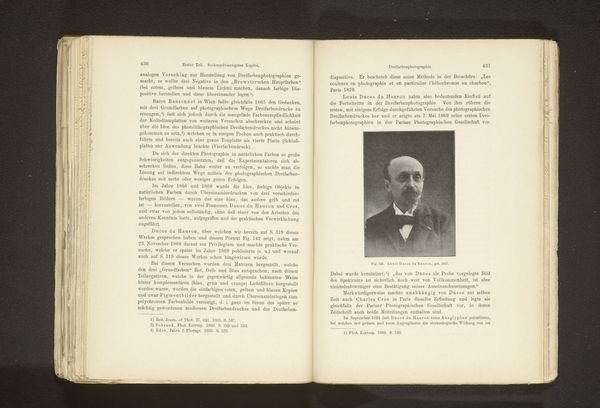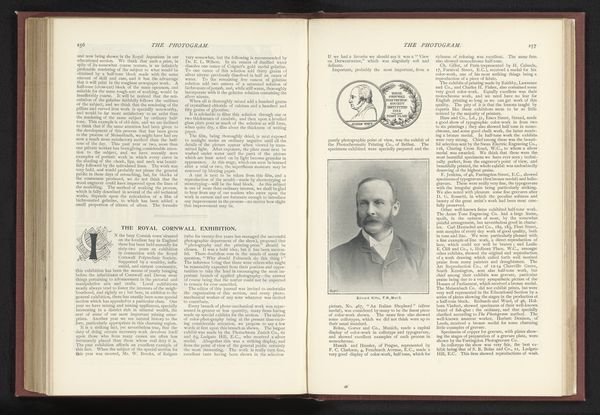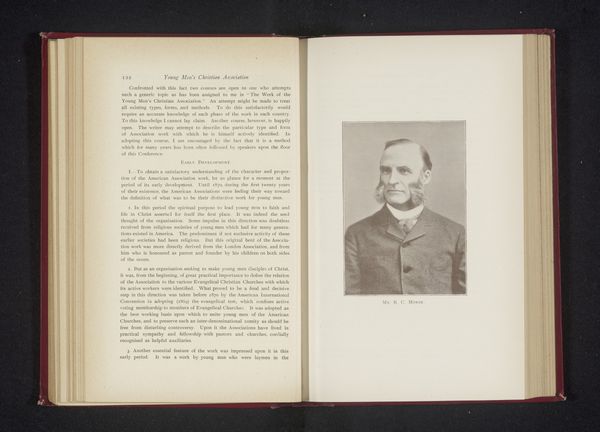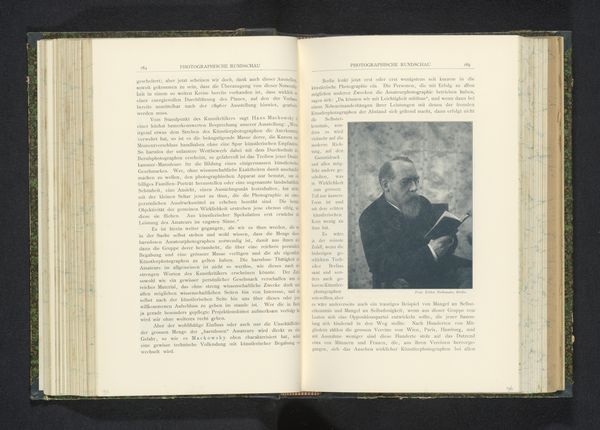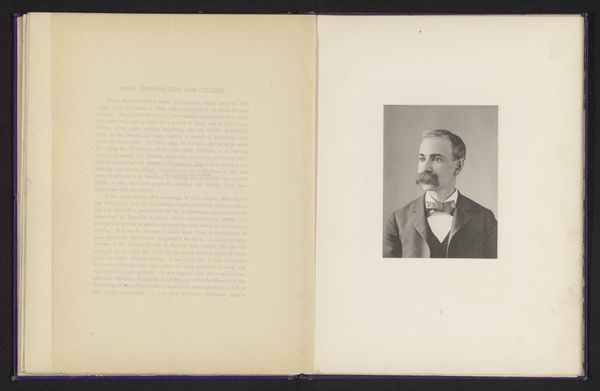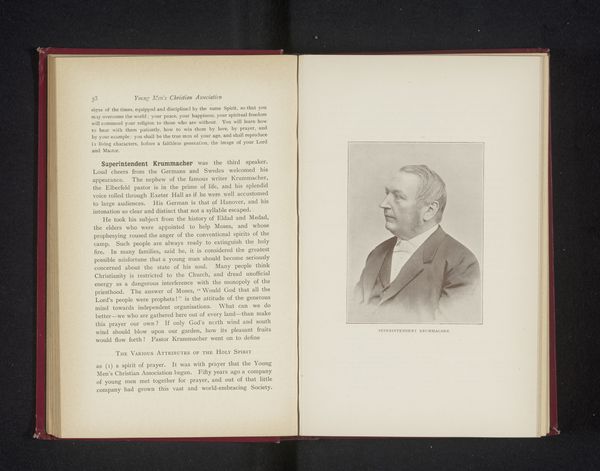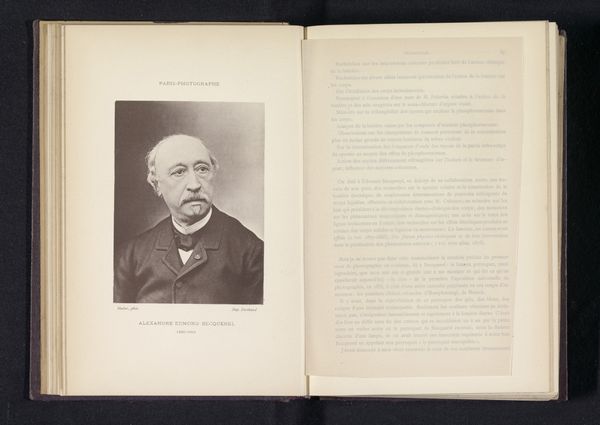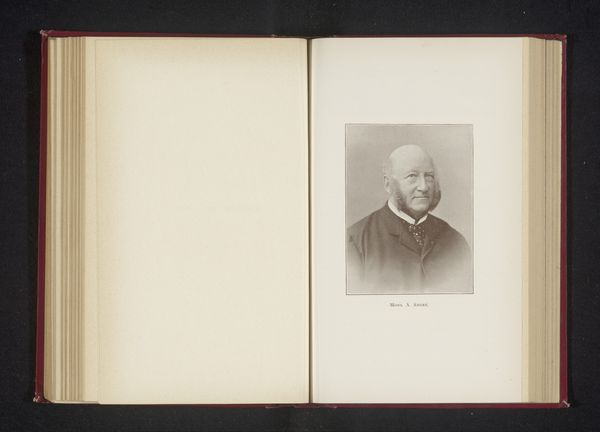
print, photography
#
portrait
# print
#
photography
#
realism
Dimensions: height 100 mm, width 70 mm
Copyright: Rijks Museum: Open Domain
Curator: Looking at this poignant image, we have here an interesting historical artifact, identified as "Portret van Charles Fermaud." The precise date remains unspecified, falling somewhere before 1895. It is categorized as a print, utilizing photographic techniques. Editor: There's a somber dignity in this portrait, wouldn’t you agree? The man’s expression, the subdued tones…it projects such gravitas, though tinged with vulnerability. Curator: Absolutely. These early photographs often possess that unique blend of formality and rawness. Charles Fermaud is presented through the visual language of his time, but to truly interpret the piece, we need to consider what images like this communicated within the framework of burgeoning class structures and image dissemination. How did they function within institutional and social power structures? Editor: Thinking about portraiture within the framework of gender and power dynamics makes me wonder about the intended audience and message here. Was it a way to validate Charles Fermaud’s identity within specific social circles or institutional settings? Perhaps reinforce a certain social narrative about him and his social class? How do we read that now through contemporary lenses of intersectionality? Curator: Exactly, and the material itself – the print as a photograph, and as part of an album, speaks to wider changes in visual culture. Photography was becoming increasingly accessible, but its production, circulation, and even interpretation was still closely mediated by social class. Who controlled what we could see, and how we could see it? And, moreover, where would such portraits appear? Were there books, as here, featuring "notables" for certain types of community and civic organization, for example? The appearance and medium all combine to frame this work within a complex historical setting. Editor: A photograph within a book context immediately speaks to archival intent, of someone considered noteworthy to preserve or document, right? It urges a dialogue about which figures receive lasting acknowledgement through these means and the politics surrounding that selection. It’s really intriguing when approached with those sociopolitical dynamics in mind. Curator: Indeed. Considering the history surrounding such a photographic print encourages us to reconsider both our current visual world and that earlier context, while reminding us about issues related to access, visibility, and the way socio-historical narratives are crafted and maintained. Editor: Seeing “Portret van Charles Fermaud” then prompts reflection on how, in our current era saturated by digital imagery, representations continue shaping not just individual but wider collective identities, as well. Thank you.
Comments
No comments
Be the first to comment and join the conversation on the ultimate creative platform.

